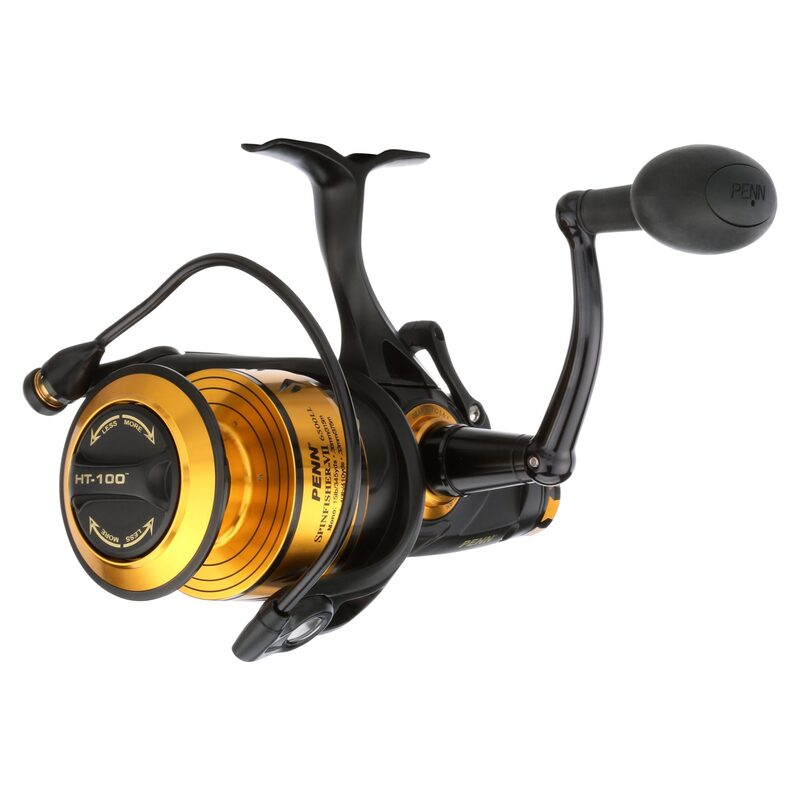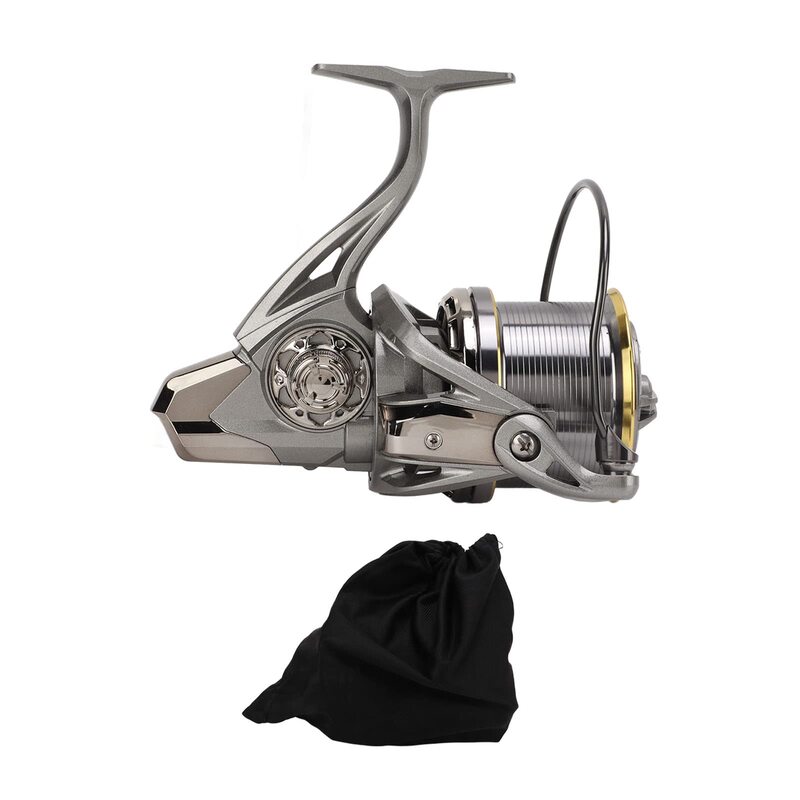Fishing is a beloved pastime enjoyed by people worldwide. However, even the best fishing reels can experience issues over time. Knowing how to fix a fishing reel can save you time and money. In this comprehensive guide, we will walk you through the common problems and their solutions. Understanding the mechanics and maintenance of your fishing reel can enhance your fishing experience. Therefore, follow these steps to keep your reel in top condition and your fishing trips uninterrupted.
Identifying Common Fishing Reel Problems
Before diving into fixing your fishing reel, it’s essential to identify common problems that may arise. Therefore, understanding these issues can help you tackle them effectively.
Line Twisting
Line twisting is one of the most common problems anglers face. This issue can lead to tangles and knots, disrupting your fishing experience. Several factors can cause line twisting, such as incorrect spooling, using a worn-out line, or reeling without tension. Ensure you spool the line properly and maintain constant tension while reeling. Using a quality swivel can also minimize line twisting. Therefore, addressing line twisting is crucial for a smooth fishing experience.
Bearing Malfunction
A malfunctioning bearing can severely impact the performance of your fishing reel. Bearings reduce friction, allowing the reel to operate smoothly. Over time, dirt, salt, and grime can accumulate, causing the bearings to malfunction. Regular cleaning and lubrication are essential to keep the bearings in good condition. If the bearings are damaged, it’s advisable to replace them with high-quality replacements. Therefore, maintaining and replacing bearings is vital for reel efficiency.
Tools Required for Fishing Reel Repair
How to fix a fishing reel? Having the right tools on hand is essential for repairing a fishing reel. Therefore, understanding these tools ensures you’re prepared for any necessary repairs.
Screwdrivers
Screwdrivers are indispensable tools for fishing reel repair. Most reels are held together by screws, which must be removed for disassembly. It’s essential to have a set of precision screwdrivers in different sizes to fit the various screws on your reel. Additionally, magnetized screwdrivers can help prevent tiny screws from getting lost. Therefore, screwdrivers are crucial for efficient fishing reel repairs.
Pliers
Pliers are another vital tool for fishing reel repair. They are used for tasks such as removing pins, securing components, and handling small parts. Needle-nose pliers are particularly useful for reaching tight spaces and handling delicate parts without causing damage. Having a set of pliers in various sizes ensures you can tackle different repair tasks effectively. Therefore, pliers are essential for precise and successful repairs.

Step-by-Step Guide to Fixing a Fishing Reel
Fixing a fishing reel may seem daunting, but with the right approach, it can be manageable. Therefore, follow this step-by-step guide to address common issues.
Disassembling the Reel
The first step in fixing a fishing reel is to disassemble it. Start by removing the spool, which usually involves unscrewing a knob or releasing a latch. Next, use your precision screwdrivers to remove the screws holding the reel together. Carefully separate the components, taking note of their arrangement for reassembly. Keep the screws and small parts in a secure container to avoid losing them. Therefore, disassembling the reel methodically is essential for a smooth repair process.
Cleaning and Inspecting
Once the reel is disassembled, the next step is to clean and inspect each component. Use a soft brush and mild detergent to clean away dirt, grime, and salt residue. Pay special attention to the bearings, gears, and line roller, as these parts are prone to accumulating debris. After cleaning, inspect each component for signs of wear and tear or damage. Replace any damaged parts with new, high-quality replacements. Therefore, thorough cleaning and inspection are crucial for maintaining your reel’s functionality.
Reassembling the Fishing Reel
Reassembling the fishing reel correctly is essential to ensure it functions smoothly. Therefore, following each step carefully is important.
Lubricating the Components
Before reassembling, it’s important to lubricate the components to ensure smooth operation. Use a high-quality reel oil or grease specifically designed for fishing reels. Apply a small amount of lubricant to the bearings, gears, and other moving parts. Avoid over-lubricating, as excess lubricant can attract dirt and debris. Use a clean cloth to wipe away any excess lubricant. Therefore, proper lubrication is crucial for optimal reel performance.
Reassembling the Reel
With all components cleaned, inspected, and lubricated, begin reassembling the reel. Start by assembling the internal components, such as gears and bearings, in their original positions. Next, reattach the reel’s outer casing and secure it with the screws you removed earlier. Ensure that all screws are tightened properly, but avoid over-tightening, which can strip the threads. Reattach the spool and test the reel’s functionality by turning the handle. Therefore, reassembling the reel carefully ensures it operates smoothly.

Tips and Best Practices
Maintaining your fishing reel properly extends its lifespan and enhances your fishing experience. Therefore, following these best practices is essential for effective maintenance.
Regular Maintenance
Regular maintenance is key to preventing major issues with your fishing reel. Clean your reel after each fishing trip to remove dirt, salt, and debris. Check the line for any damage or wear and replace it as needed. Lubricate the moving parts periodically to ensure smooth operation. Store your reel in a cool, dry place to prevent corrosion and damage. Therefore, consistent maintenance is vital for prolonging the life of your fishing reel.
Practicing Proper Techniques
Practicing proper fishing techniques can also help prevent damage to your reel. Avoid overloading the reel with line, as this can cause tangles and stress on the components. Use the drag system effectively to prevent line breakage and reduce strain on the reel. Handle the reel gently and avoid dropping it, as impact can damage the internal components. Therefore, using proper techniques is essential for maintaining your fishing reel’s integrity.
Why Fixing Your Own Fishing Reel is Beneficial
Fixing your fishing reel yourself offers several benefits, from cost savings to improved knowledge of your equipment. Therefore, understanding these benefits can motivate you to learn repair techniques.
Cost Savings
Repairing your fishing reel yourself is generally more cost-effective than seeking professional services. The cost of replacement parts and tools is often lower than repair shop fees. Additionally, fixing minor issues promptly can prevent them from developing into more significant problems, saving you from costly repairs. Therefore, learning to fix your fishing reel can lead to substantial cost savings over time.
Knowledge and Empowerment
Fixing your fishing reel enhances your knowledge of how it works. This understanding can improve your overall fishing experience, as you’ll be able to troubleshoot issues more effectively. Additionally, repairing your equipment empowers you and increases your confidence in handling it. Therefore, gaining the skills to fix your fishing reel is both empowering and educational.

Conclusion
Fixing a fishing reel may seem like a challenging task, but with the right tools and guidance, it becomes manageable and rewarding. From identifying common problems to following a step-by-step repair guide, this article covers all the essential aspects. Regular maintenance and practicing proper techniques further enhance your reel’s longevity and performance. By fixing your fishing reel yourself, you save money and gain valuable knowledge and empowerment. Therefore, with these tips and best practices, you can ensure your fishing reel remains in top condition, ready for all your fishing adventures.
